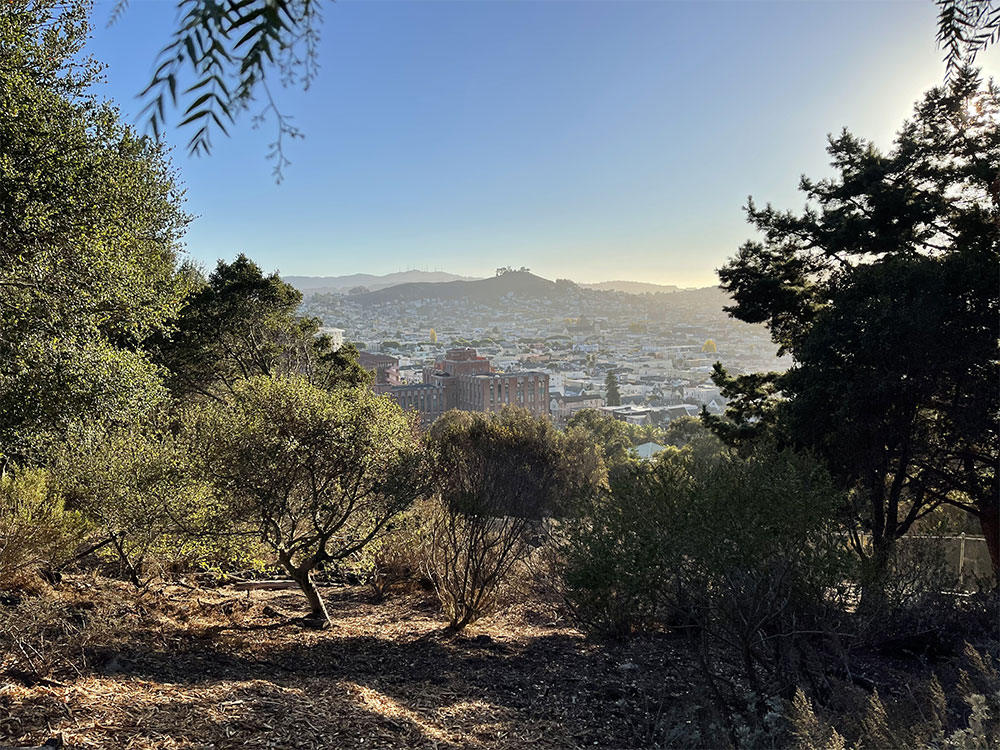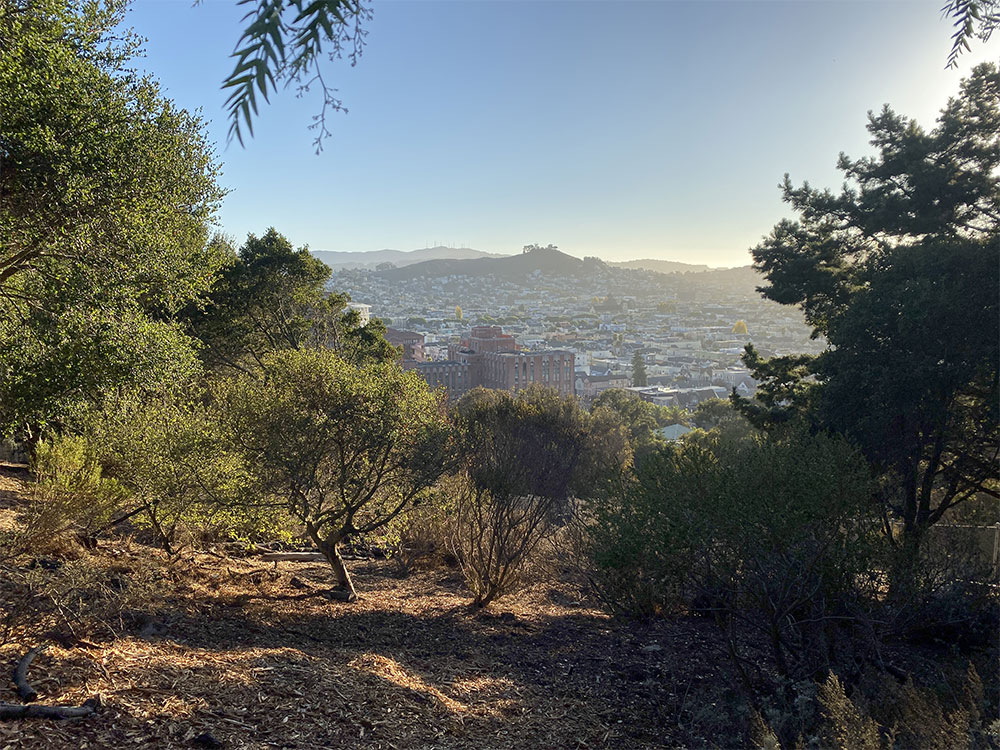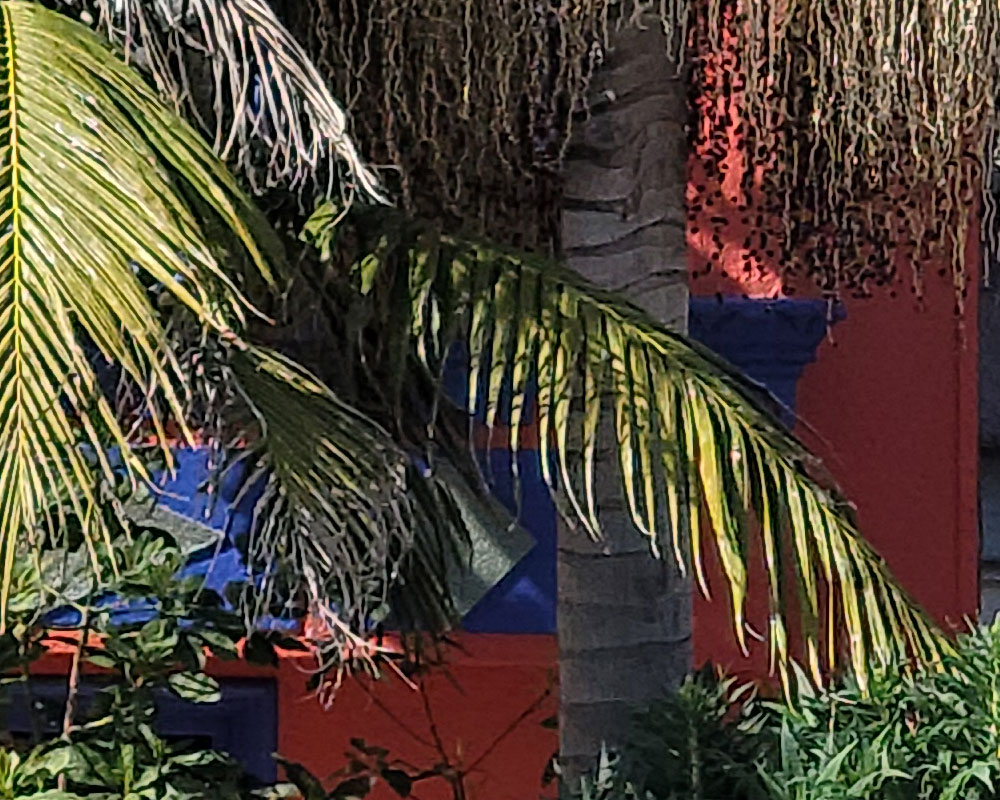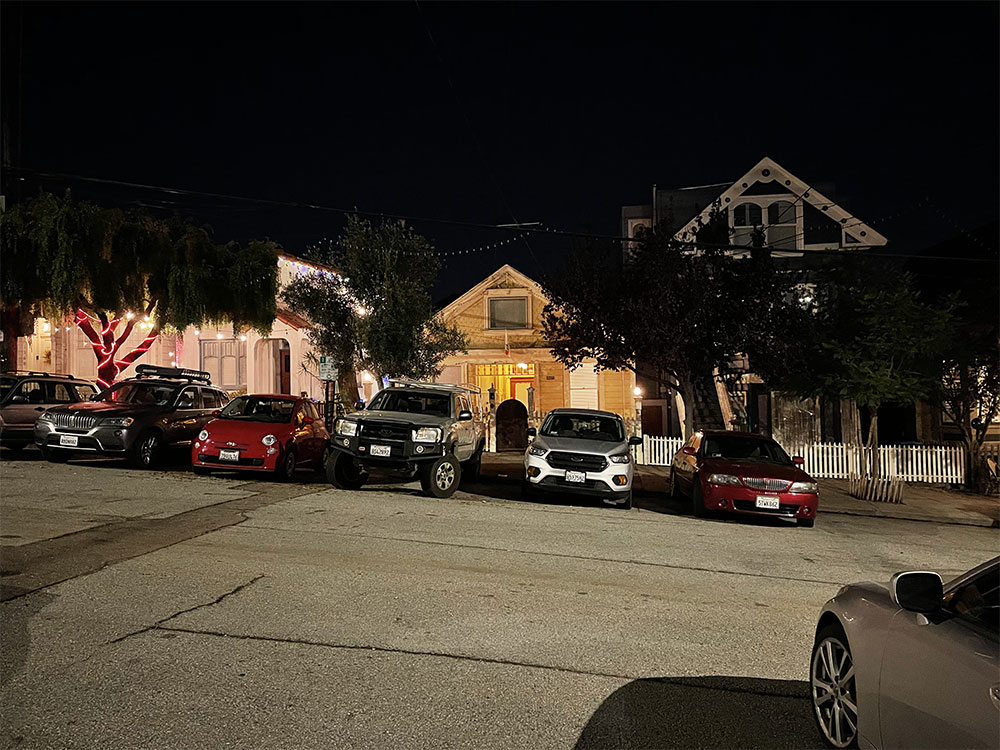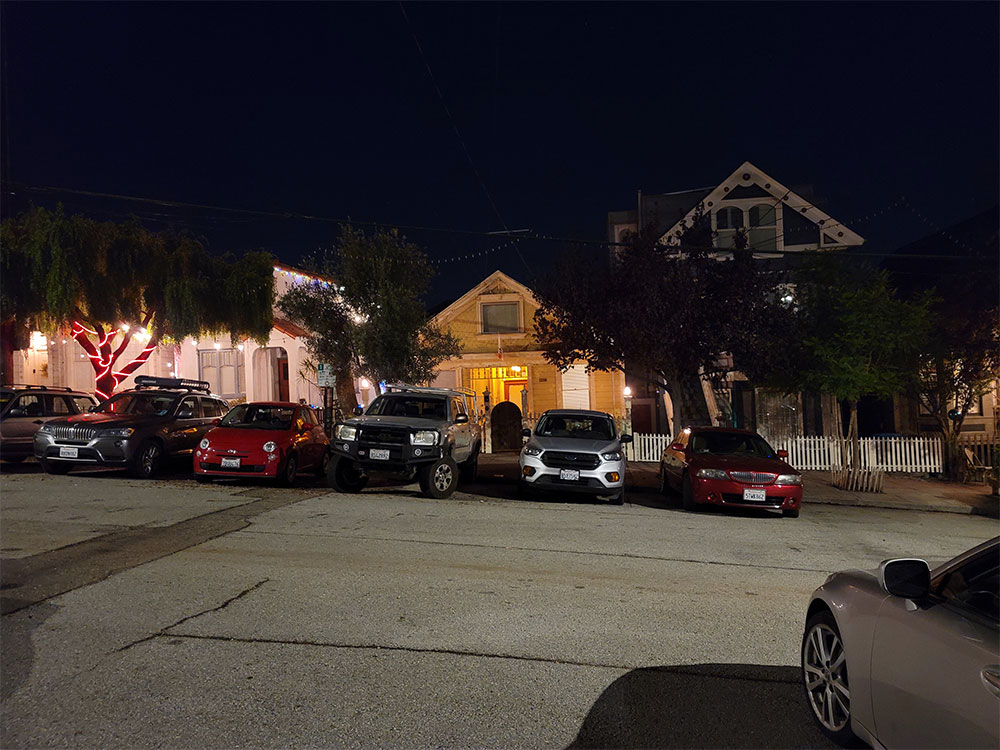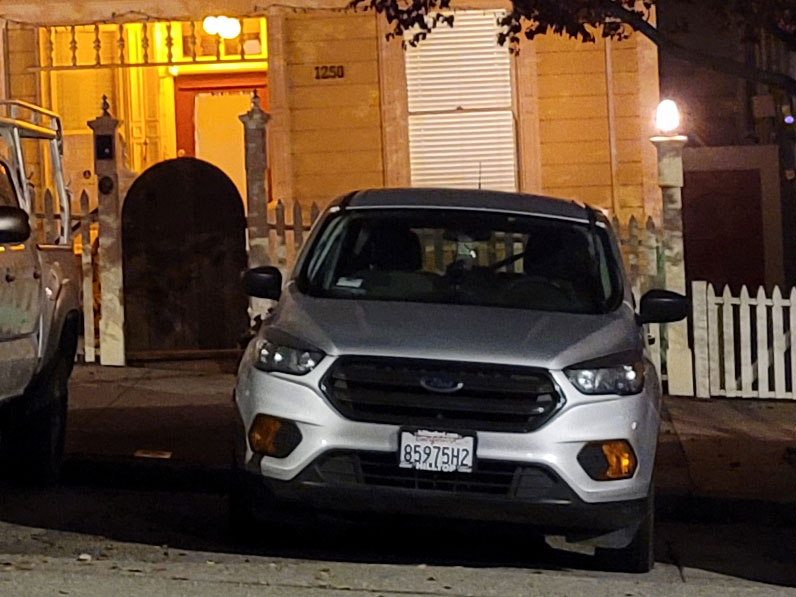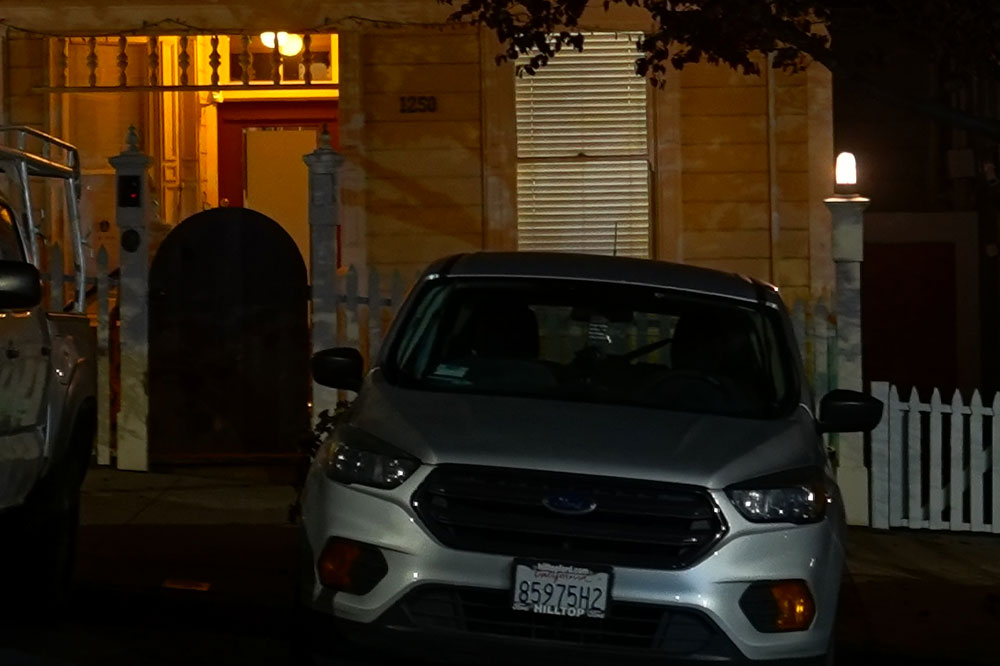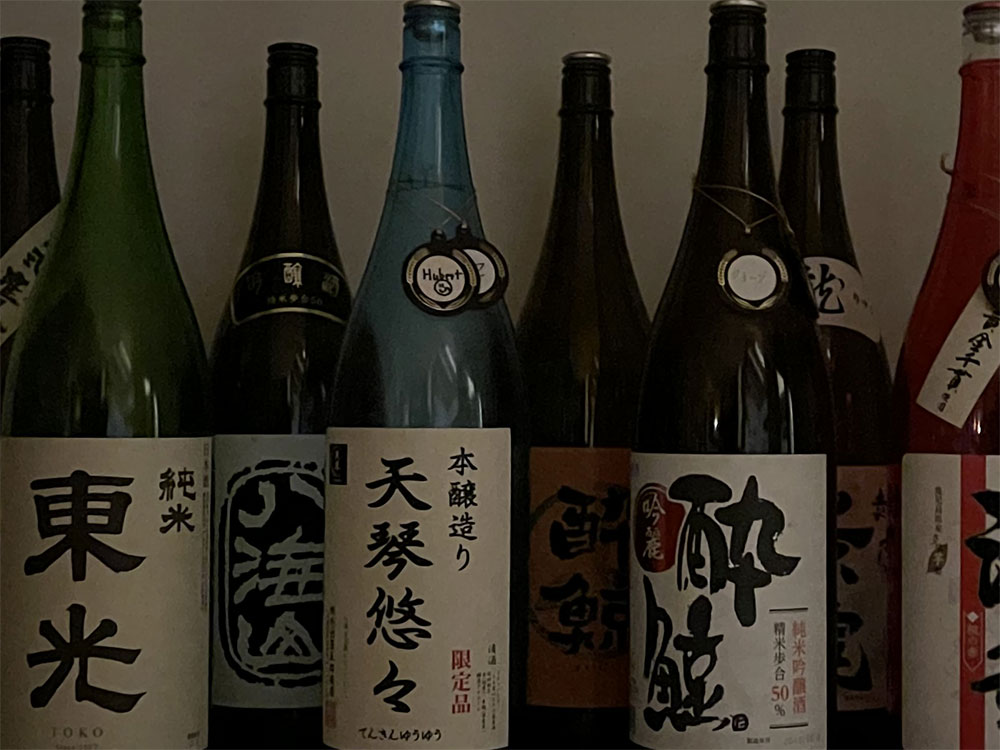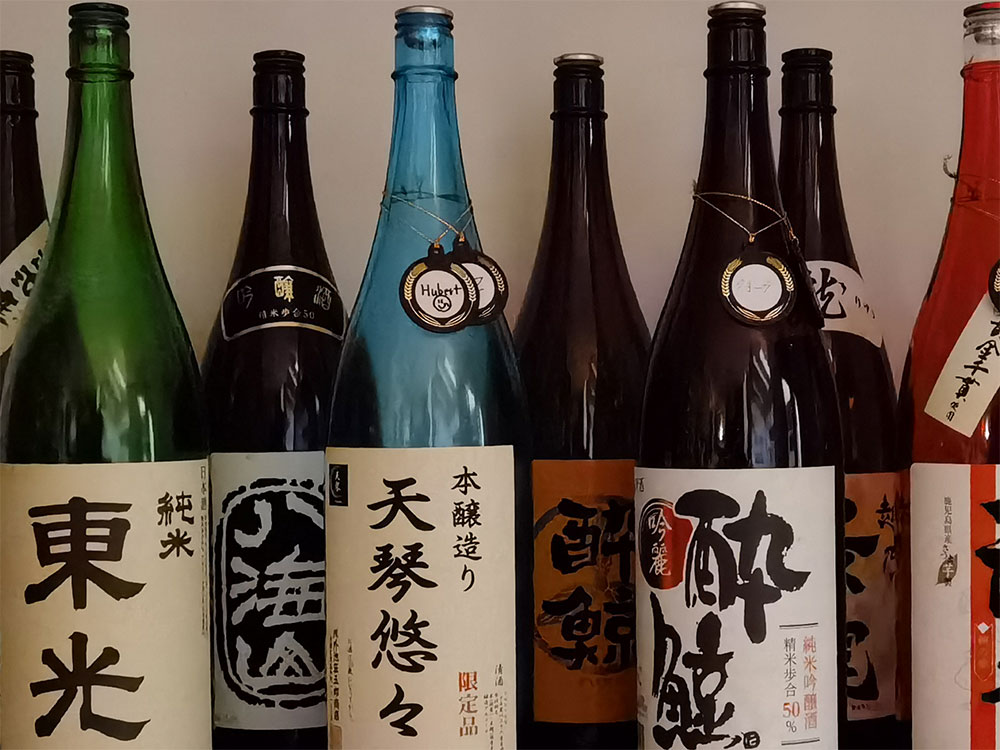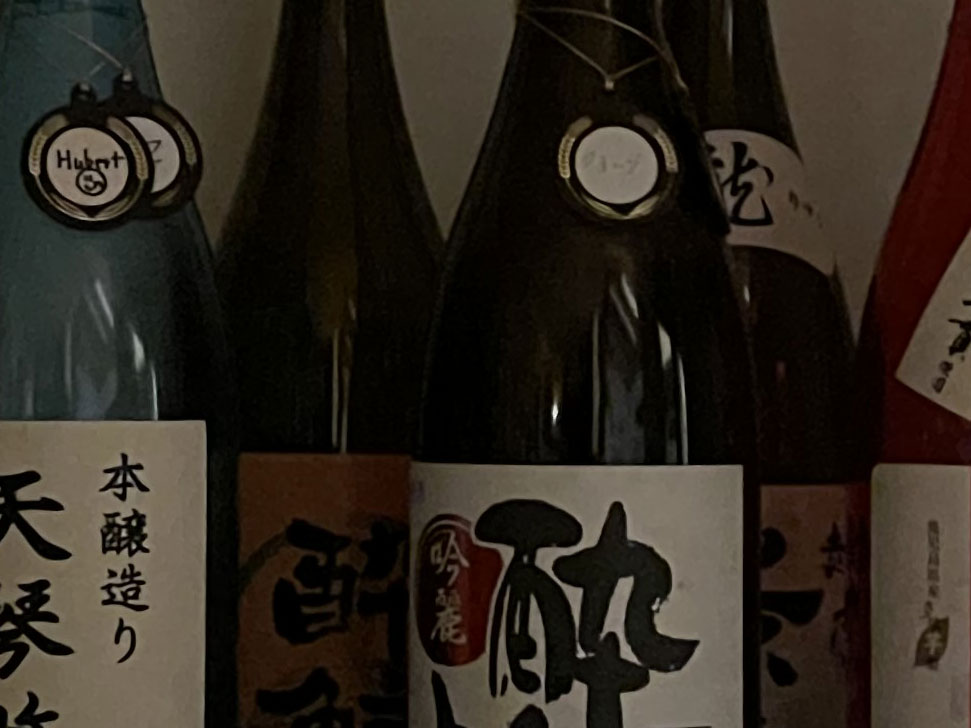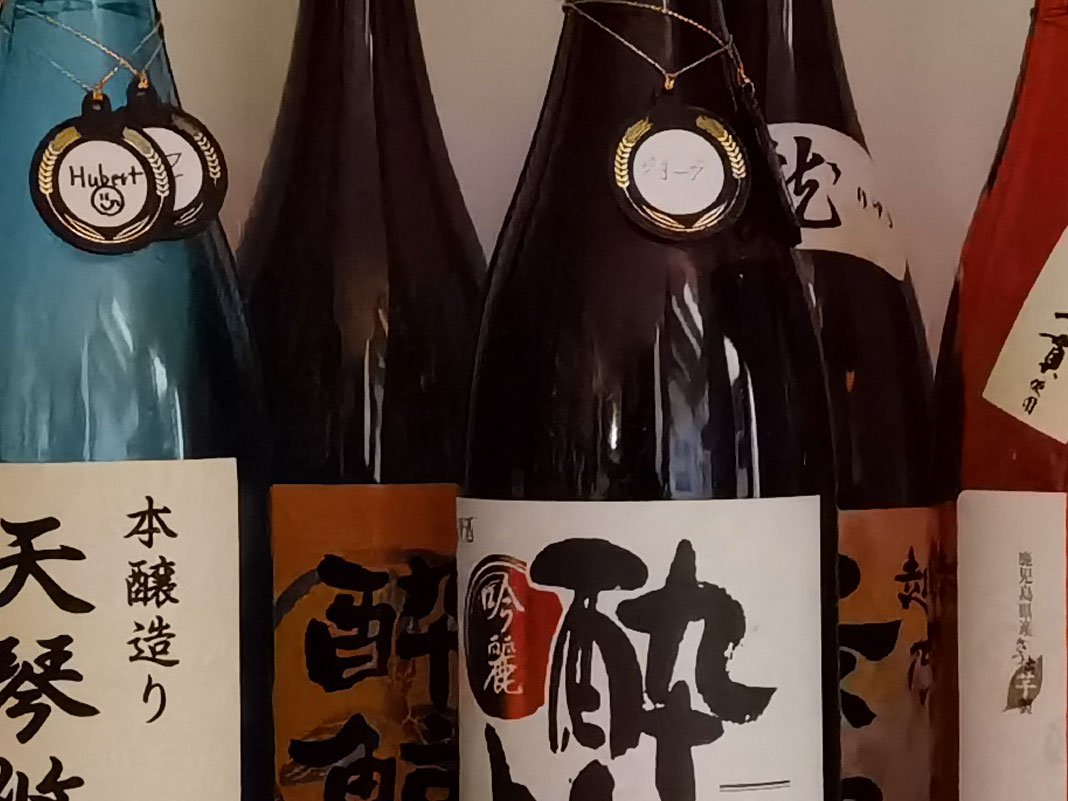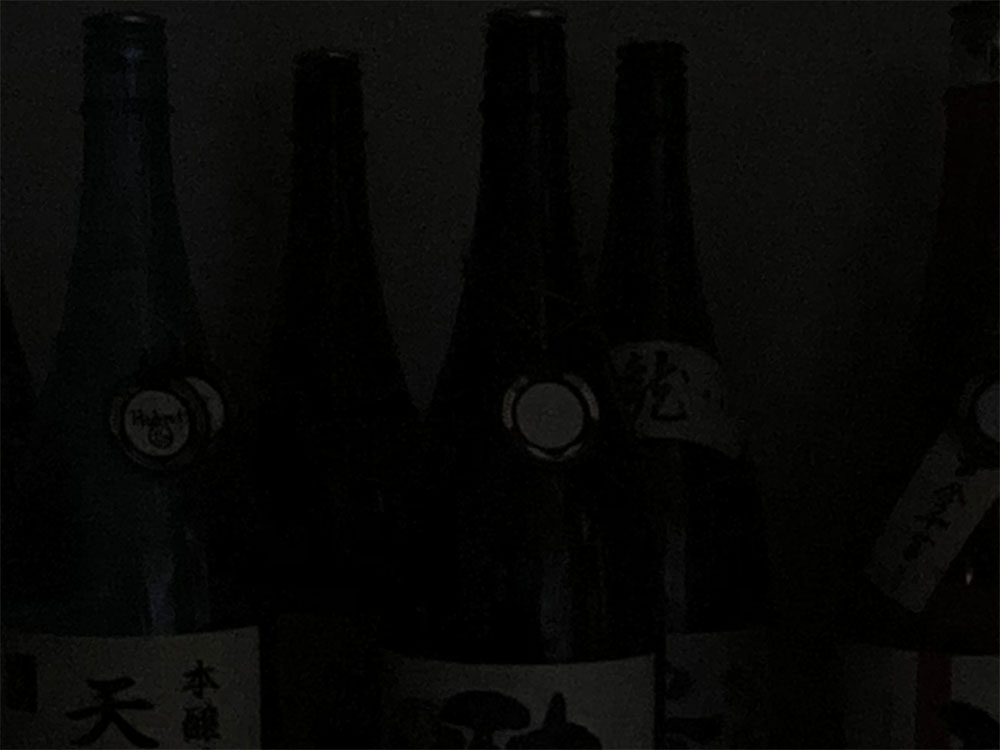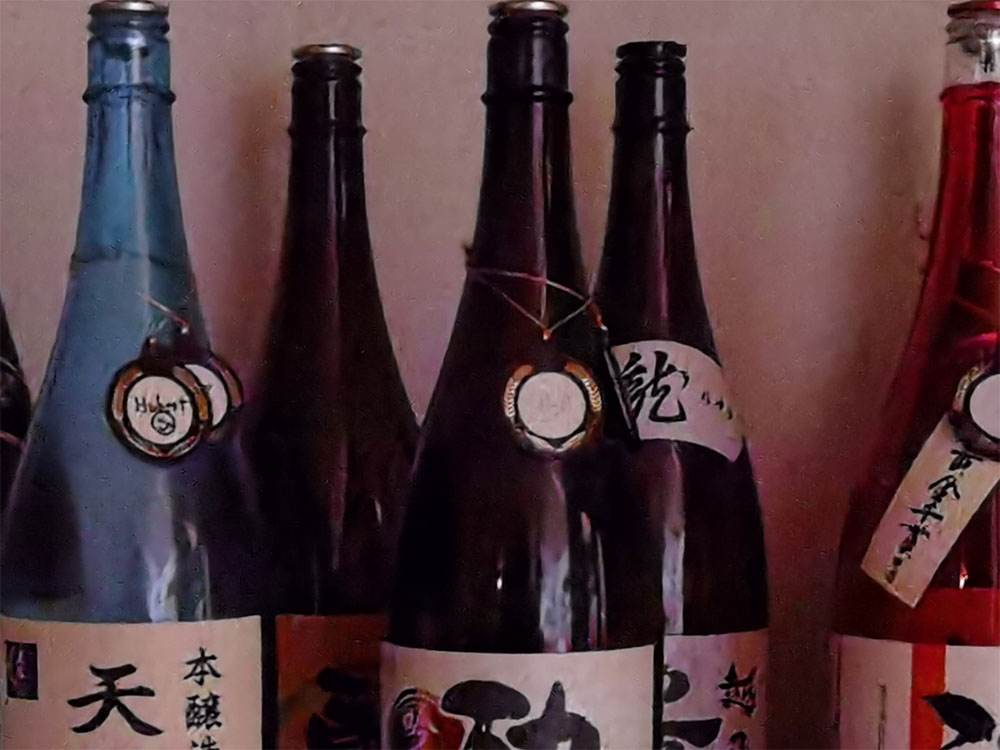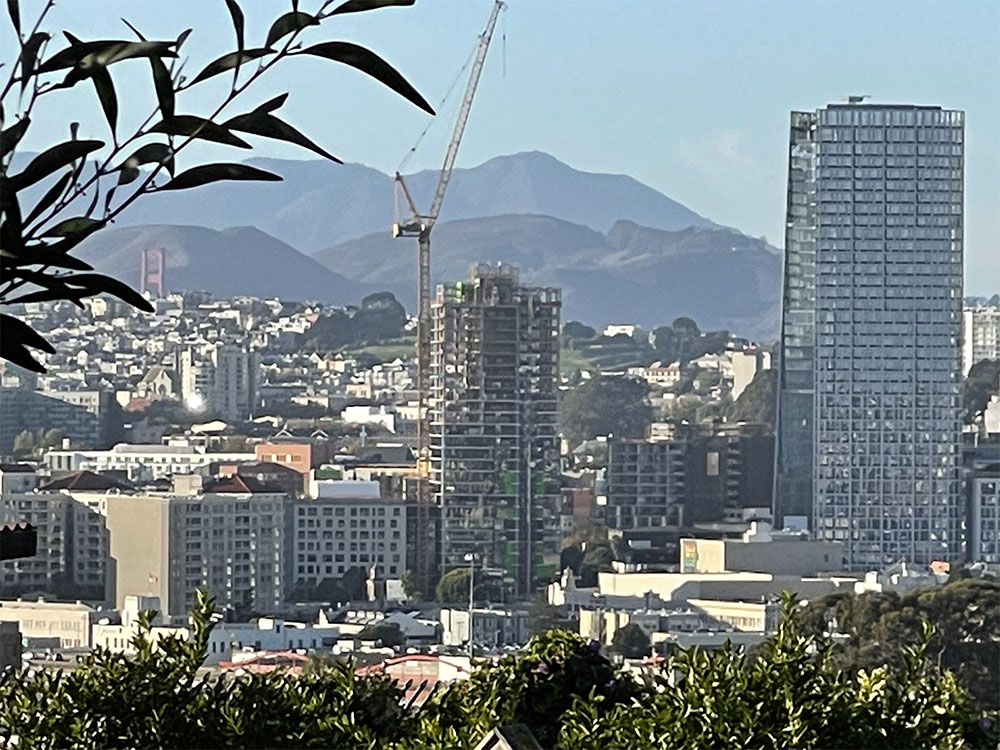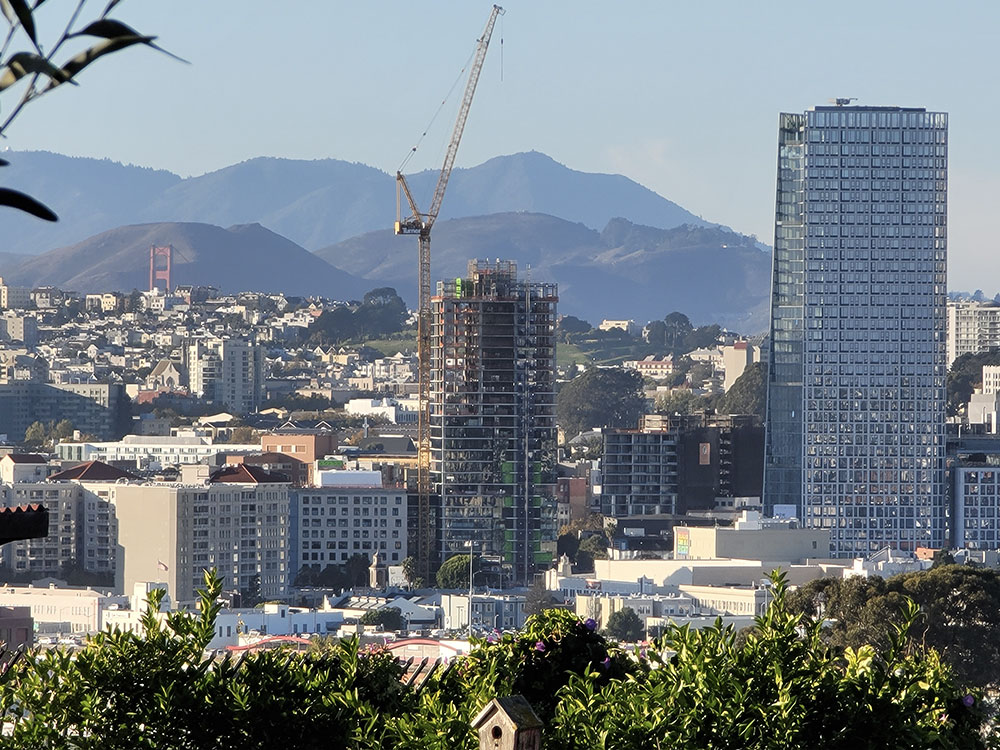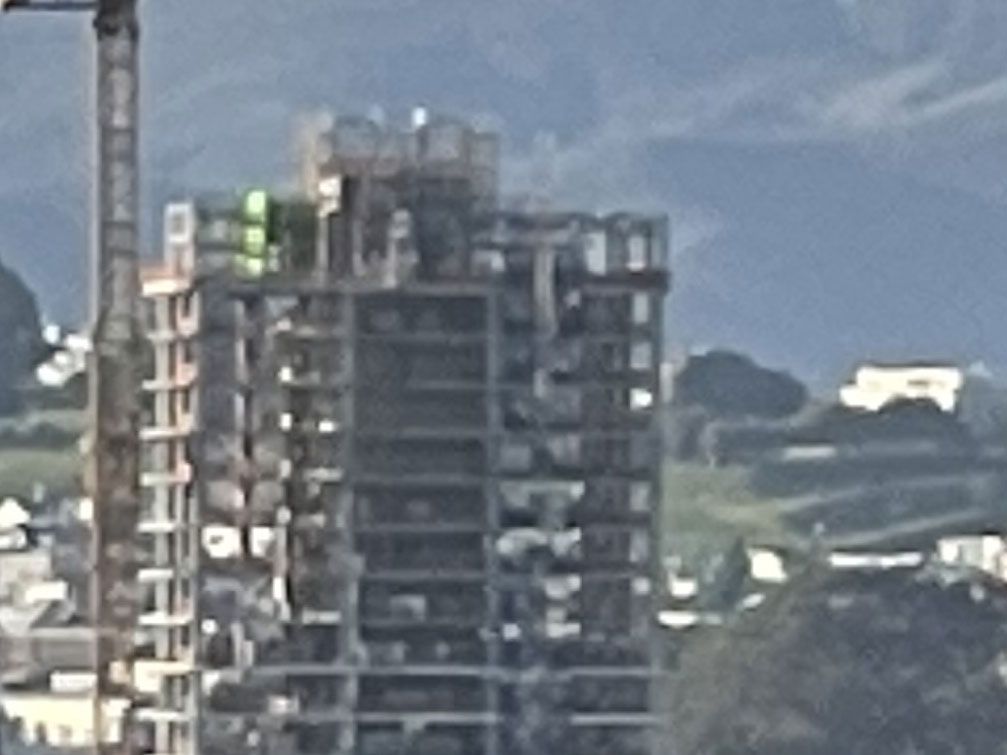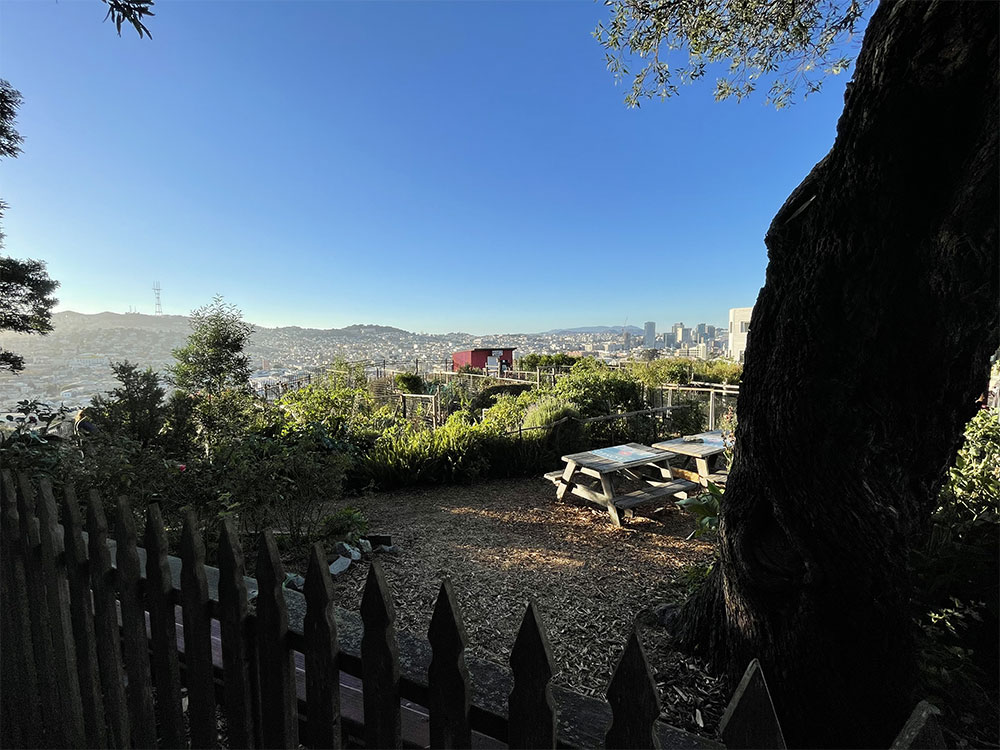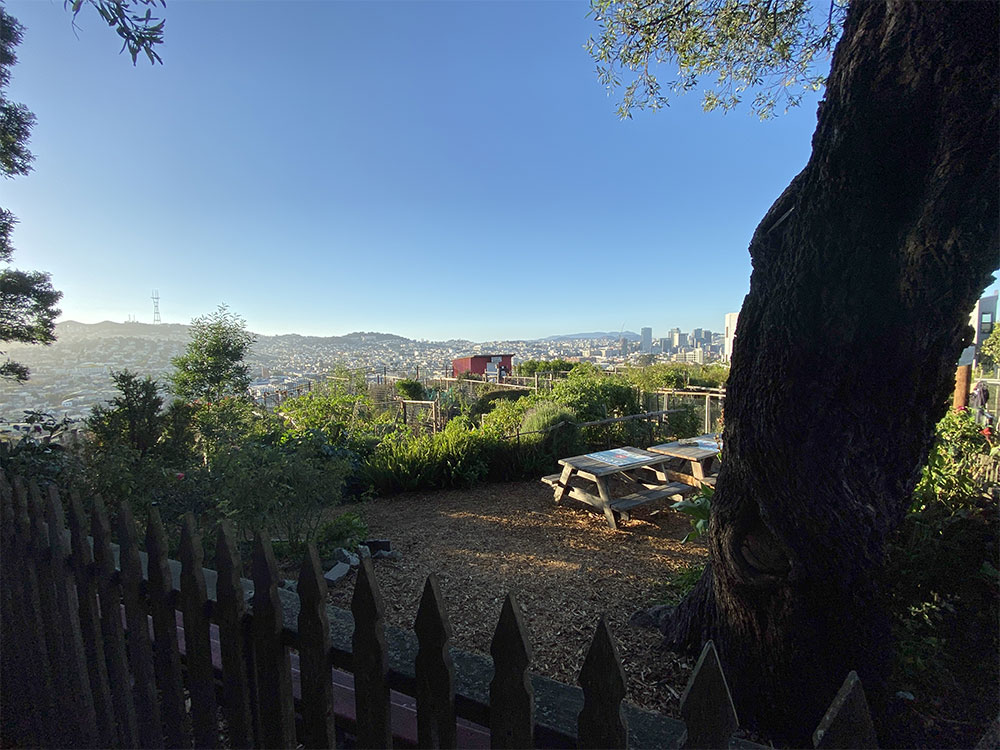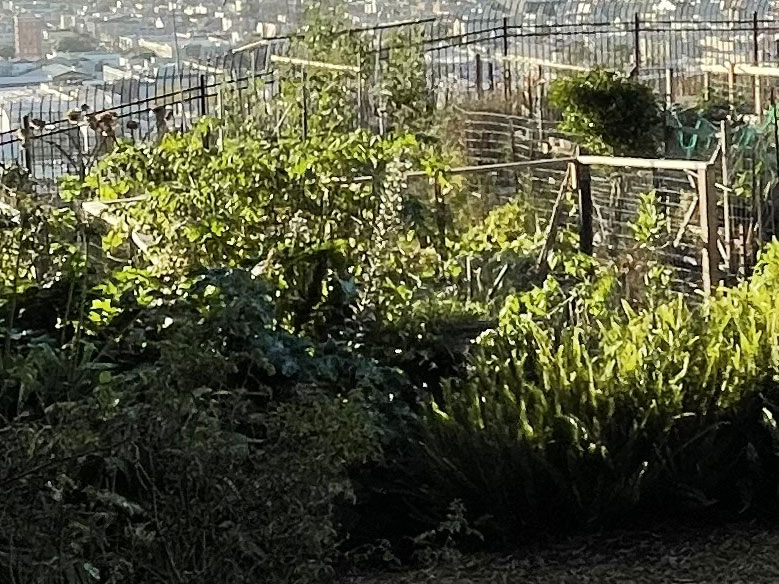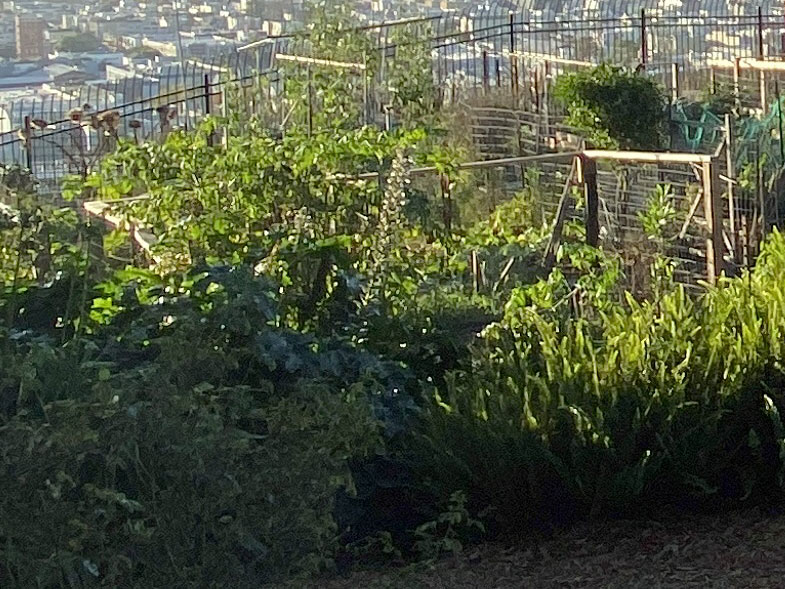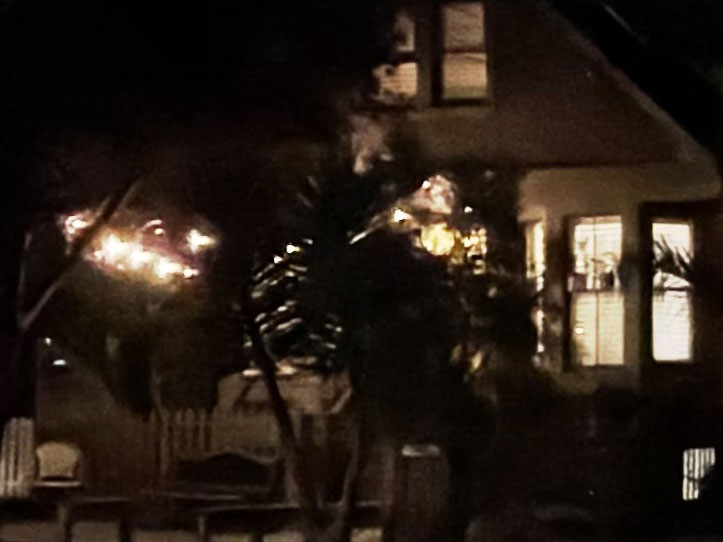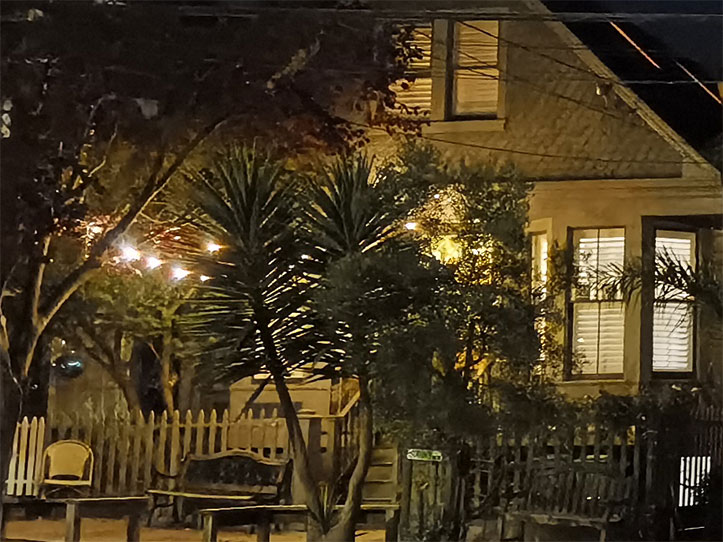
Image Quality Analysis
A note about our Camera IQ score: our scoring system is based on four “Pillars” sub-scores that can help tell a fuller story: Day, Night, Ultrawide, and Zoom photography. If you want to know more about how the score works, head to our Camera IQ benchmark page.
A global camera score is clear and straightforward, but the pillars help tell a better story for those who want to have a more nuanced view of the camera’s Image Quality. You might also want to read our What is (objective) Image Quality article?
Important: let’s clarify some terminology we’ll be using:
- Image Processing: software work that improves the image data quality
- Image Filtering: software work that changes the style (aesthetic) of the photo.
- Context Photo: a great approximation of what our eyes see, including how dark the scene actually is. It is only to provide the crucial context of the shot and not a quality benchmark.
Camera hardware
The iPhone 12 Pro Max camera hardware is different and more powerful than the iPhone 12 Pro (non-max) and the iPhone 12 (non-pro) and it is very important to realize that there are different camera configurations in Apple’s line up.
We’ve published an iPhone 12 camera hardware analysis and scoring (+update) shortly after the launch.
| iPhone 11 Pro | iPhone 12 Pro Max | |
| Primary | 26mm 12-MP f/1.8 +OIS | 26mm 12-MP f/1.6 (Primary) +OIS |
| Zoom | 51mm12-MP f/2 +OIS | 64mm 12-MP f/2.4 +OIS |
| Ultrawide | 13mm 12-MP f/2.4 | 14mm 12-MP f/2.4 |
| Misc | +ToF sensor |
Coming from last year’s iPhone top-camera, the iPhone 11 Pro, the iPhone 12 Pro Max improves on several points, most notably with its better Primary camera sensor, which is what we would consider a “mid-size” sensor, up from the “small” sensor from the 11 Pro.
The zoom lens has a longer focal lenght (a higher-powered zoom), but is optimized for Portrait photography and not “long zoom”, and the results confirm it.
When this review was published, and using our Camera HW benchmark v1.1, the iPhone 11 Pro camera had a score of 120, against the the iPhone 12 Pro Max camera, which gets a score of 157. For more scores, head to our Camera HW homepage (+FAQ) and scroll down to 2020 and 2019 cameras.
Daylight Photography
Like
- Agreable photos
- Predictable outcome
Dislike
- Lower detail and texture than 108MP cameras
- Much filtering going on in complex scenes

In daylight photography, the iPhone 12 Pro Max is very good and clearly superior to the iPhone 11 Pro mainly for two reasons: less noise and better HDR. That’s great news, but hardly an exploit since the 11 Pro was one of the noisier cameras (for the price) of its generation.
The iPhone 12 Pro Max HDR tuning produces more contrasted, vivid, and mostly more realistic daylight photos than any iPhone before it. This iPhone even goes in the opposite direction sometimes, with perhaps “too much” image processing that leads to excessive contrast or over-exposed areas. It’s always a delicate balancing act and it looks like the tuning could improve for scene for complex lighting.
Android competitors like the Galaxy Note 20 Ultra or the Huawei P40 Pro+ have virtually no noise in daylight photos. They can sometimes capture finer details, especially with ultra-high resolution sensors.


Night Photography
Like
- Noticeably better than iPhone 11 Pro
Dislike
- Somewhat noisy
- A full generation behind the best

HDR Night Photography
Note: all photos on all devices have been shots without a long-exposure mode to provide an Apples to Apples comparison.
In a low-light HDR scene, the iPhone 12 Pro Max’s new hardware is piloted by a new camera tuning with a stronger emphasis on color saturation and contrast (when compared to the iPhone 11 Pro).
Some of the 12 Pro Max tuning look very much like the Galaxy Note 20 Ultra, but with even more saturation and contrast filtering. We did not expect this from Apple, but perhaps this style resonates with customers, and Apple had to jump on that train.
Huawei’s P40 Pro+ tuning remains over-the-top, often turning night into day, but this is not new if you’ve been following our camera image quality (IQ) reviews. However, Huawei’s P40 Pro+ does capture finer details in many places of the scene (trees, windows blind) and has the lowest noise. If you want to, the Huawei photos are easily filtered back to a more natural-looking state.
The iPhone 12 Pro is better than the iPhone 11 Pro in low-light, but is outperformed by the Galaxy Note 20 Ultra in this type of difficult scene.

Non-HDR Night Photography
In soft low-light conditions, the iPhone 12 Pro Max doesn’t perform as well as we expected and does not outperform the iPhone 11 Pro to the extent we were hoping. The good news is that both iPhones capture a relatively natural version of the colors in soft lighting.
The noise and details (like the fine characters on the bottle labels) are made a bit “mushy” by the strong noise-reduction algorithm and perhaps by a long stacked-photography pipeline.
In contrast, a camera like the Huawei P40 Pro+ delivers an image with vivid details, with nearly no noise. However the high-ISO capture tends to throw the colors off. The Note 20 Ultra or Galaxy S20 Ultra do preserve colors better, at the price of a slightly higher noise compared to Huawei.
Night-Vision Photography
The iPhone 12 Pro Max doesn’t have any “night vision” photography capabilities and needs to switch to a long-exposure mode that takes at least 3 seconds per photo. Many competitors like the Huawei P40 Pro+ can snap a much better picture in 0.25 seconds.
Contributing this result is that the iPhone 12 Pro Max camera seems to try capturing the scene with a natural brightness while we’re in an extremely dark environment (it is really that dark), something that the Galaxy S20 Ultra did as well but got changed in the Note 20 Ultra.
In theory, the iPhone 12 Pro Max photos in these conditions could be somewhat better, but I doubt that it would beat Samsung, Xiaomi or Huawei, based on the hardware technicals.
Although night vision is an edge case that people rarely indulge in, it is excellent at revealing the raw power of the camera system’s electro-optics. These capabilities can make the difference in many other situations, such as high-contrast contrast or moving subjects.
Zoom Photography
Like
- Optimized for portrait mode
Dislike
- Not competitive for long-zoom applications

In zoom photography, the slightly longer focal length of the iPhone 12 Pro Max makes it an excellent Portrait photo lens, which was its primary purpose, it seems. It is a little bit better than the iPhone 11 Pro, but not much as a long-zoom lens.
It cannot compete in the long-zoom contest that many people expect from “Zoom cameras,” which is 10X zoom. The zoom quality difference with the Galaxy Note 20 Ultra is staggering, and that’s the case against many other cameras equipped with more powerful zoom optics.

Ultrawide Photography
Like
- Nothing obvious
Dislike
- Noisy
- Excess image filtering

The iPhone 12 Pro Max’s Ultrawide overall photo quality is very comparable to the iPhone 11 Pro and comes down to tuning. This new version features more image-filtering, namely a relatively aggressive contrast and some extra-sharpening.
Overall, this is trading one problem for the other, and the aggregated result isn’t that much different. Ultrawide is perhaps an area in which we will see more improvement in the iPhone 13.
At night, the iPhone 12 Pro Max uses slightly higher ISO, and perhaps more stacked HDR images to capture slightly brighter images than the 11 Pro. However, the 12 Pro Max Ultrawide camera image quality is noticeably lower than the Note 20 Ultra. The Huawei P40 Pro+ easily surpasses other Ultrawide cameras as the photo crop below demonstrates.
With daylight photos slightly worse, and night photos slightly better than the iPhone 11 Pro, the iPhone 12 Pro max ultrawide camera ends up with the same overall score as its predecessor.


Conclusion

The iPhone 12 Pro Max stays in the high-end race, but barely. A lot of the disparities in image quality differences can be explained by the difference in camera hardware utilized by various competitors, and it’s not surprising that higher-quality camera hardware does produce higher quality photos.
For iOS-only users, the iPhone 12 Pro Max camera is “the” iPhone camera to get in 2021. Certainly, the iPhone 12 Pro and others below in the lineup are doing fine, but the 12 Pro Max difference is noticeable enough that it is worth the extra money (and phone size), if photography is your top priority.
If you are willing to jump to Android, there are vastly superior options and at the moment, Samsung or Xiaomi (in that order) would be the most prominent alternatives because Huawei no longer supports Android per se. If Huawei’s Harmony OS sounds acceptable to you, the P40 series and above are excellent products to consider as well.
Frequently asked questions
Yes, there is undoubtedly a timer on this camera, and it has been a feature on many iPhones before it.
It depends on your definition of “good enough,” but we’ve seen many reporters or professional Youtubers film with the iPhone 12 Pro Max, so we’ll say that yes, it is good enough for YouTube.
The iPhone 12 Pro Max camera is not better than Samsung’s equivalent, like the Galaxy S21 Ultra. Our iPhone 12 Pro Max camera shows it clearly, and our iPhone 12 hardware analysis supports that as well.
Not at all. It should only be ON when you’re using an app that requires the camera and has permission to access the camera.
In some ways, the iPhone 12 Pro Max can be better than some compact digital cameras. For example, smartphones tend to capture higher dynamic range and night photos because of their computing power. However, some compact cameras may yield better daylight photo results or perhaps better color accuracy. Generally, compact cameras have been losing out to phones, and their market is shrinking.
While the iPhone 12 Pro Max is more convenient than a modern DSLR, it is quite a stretch to think that it is “better.” Smartphones tend to lose out to DSLRs in terms of details, texture, and color accuracy. However, phones are often better at HDR photography. If you find a DSLR that’s old enough, the iPhone’s camera can be better, of course.
Yes, the iPhone Pro Max camera can shoot in 4K, up to 60FPS, in Dolby Vision HDR. People are generally impressed by the quality of the HDR recordings, and although we don’t formally test video, our experience leads us to agree with other experts.
The camera capture photos with satisfactory color accuracy, but there are more color-accurate mobile cameras as Apple has added more filtering to its photo-processing stack.
A tempered glass cover actually protects the actual iPhone 12 Pro Max camera lens. It is more likely that the cover would be scratched or damaged first. Such damage could still obstruct the lens’ view, but it is also easier to repair. In any case, avoiding damages is the best solution.
Absolutely, the iPhone 12 Pro Max has the best camera hardware of all the iPhone 12 handsets, and our Uber HW Camera score shows it clearly in our iPhone 12 cameras analysis.
Yes, the iPhone 12 Pro Max has a noticeably superior camera compared to the iPhone 11 Pro Max.
No, according to our tests in this review, the iPhone 12 Pro Max camera is not better than Samsung’s Galaxy S20 Ultra and obtains a lower score in our Uber IQ Camera benchmark.
Filed in . Read more about Apple Reviews, Camera Benchmarks, Editorspick, Mobile Camera Reviews, Reviews and Social Hit.
